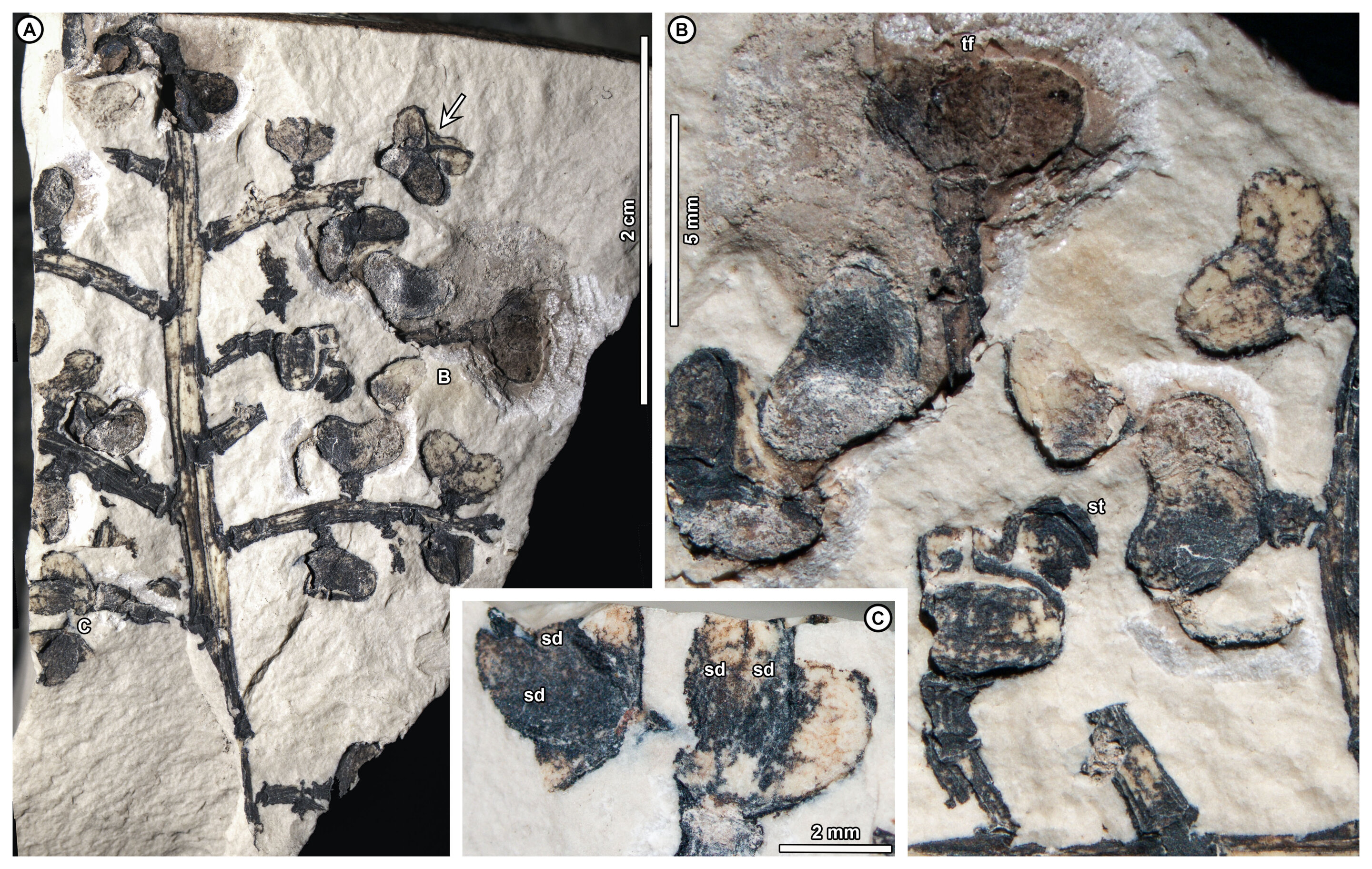Anyone who has taken a long road trip or bike ride has used a product of the spurge plant family—rubber. The spurge family, or Euphorbiaceae, includes economically valuable plants like the rubber tree, castor oil plant, poinsettia and cassava. Newly identified fossils found in Argentina suggest that a group of spurges took a trip of their own tens of millions of years ago.
Driven by climatic changes ands land movements over millennia, a group of spurges relocated thousands of miles from ancient South America to Australia, Asia and parts of Africa, according to research led by Penn State.
Reported in the American Journal of Botany, the findings suggest that the spurge family’s Macaranga-Mallotus clade (MMC), encompassing a common ancestor and all its descendants and long considered to have Asian origins, may have first appeared in South America when it was still part of Gondwana—the supercontinent that encompassed South America, Antarctica and Australia—before spreading around the globe.
“Our study provides the first direct fossil evidence of spurges in Gondwanan South America,” said Peter Wilf, professor of geosciences at Penn State and lead author of the current study, noting that the finding contrasts with the prevailing idea that the MMC evolved in Asia.
“But if they evolved in Asia, how in the world would they have gotten to where we found them, in Argentine rocks 50 million years old? Instead, we think these spurges tracked the moving continents from South America to Asia, to the other side of the world. You can’t go much farther than that without leaving the planet. We’ve seen this pattern in many other plant groups we’ve found as fossils in South America like kauris, Asian chinkapin and yellowwood trees. Altogether it is the most dramatic evolutionary biogeography story I’ve ever seen.”
2023-07-25 21:24:02
Post from phys.org rnrn
